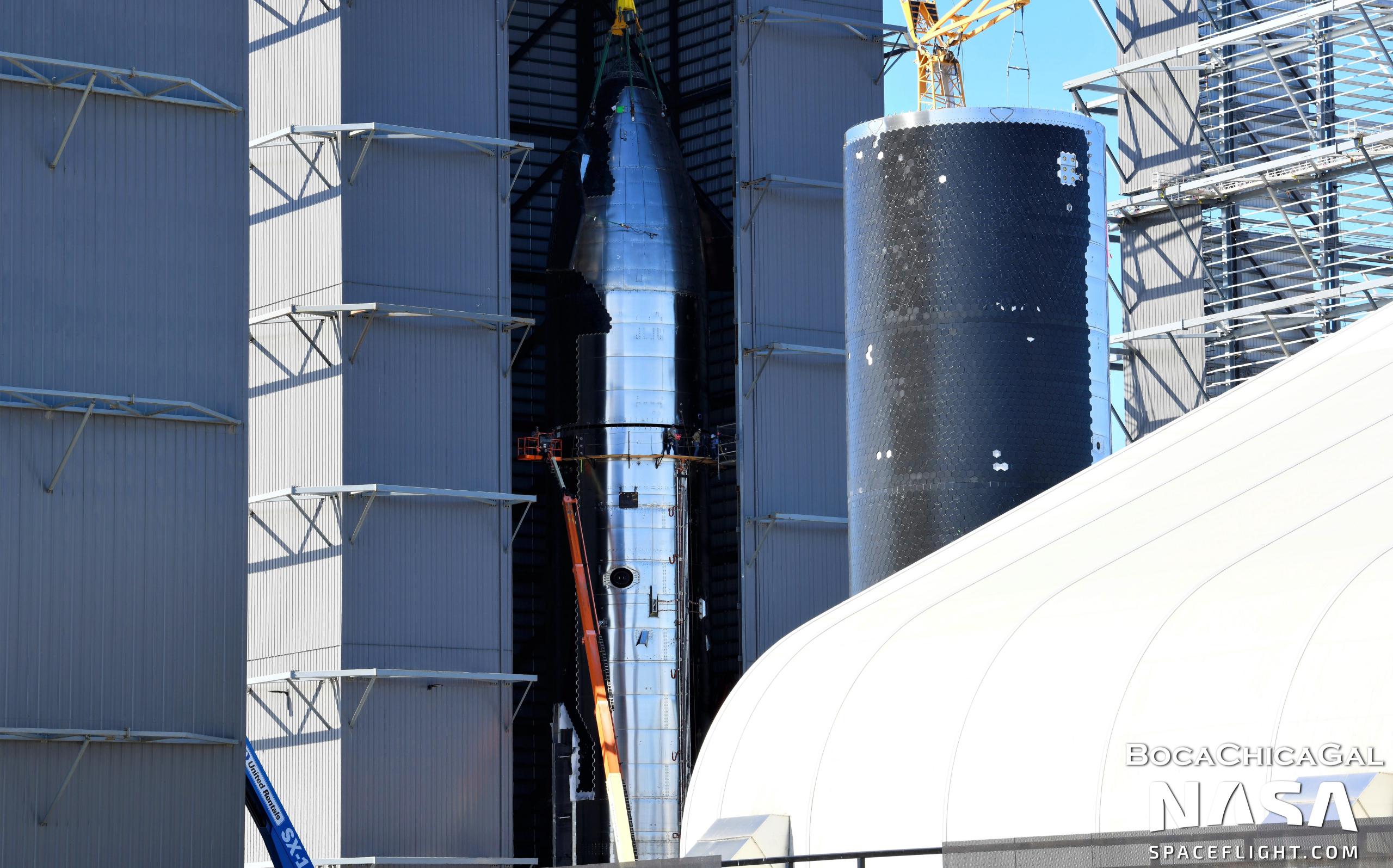
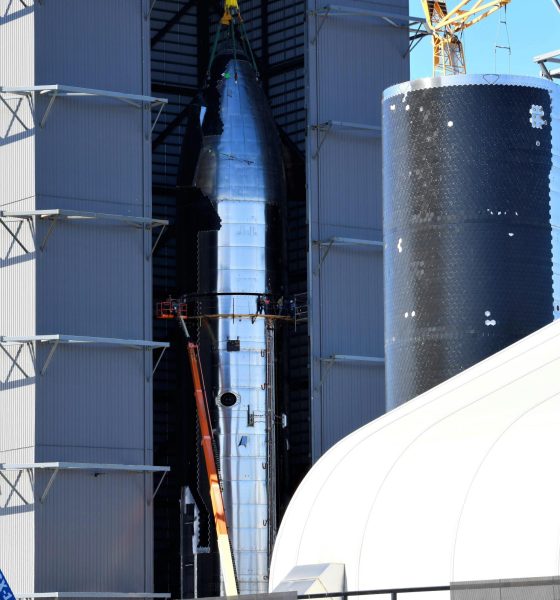
News
SpaceX finishes stacking new Starship for the first time in six months
For the first time in more than half a year, SpaceX has stacked a new Starship prototype to its full height, hopefully marking the end of a period of relatively slow progress.
That period began when Starship S20 was stacked to its full height in early August 2021. Until very recently, Ship 20 was said and expected to be the prototype assigned to Starship’s first orbital test flight, making it exceptionally important. In an unusual change in attitude, SpaceX may have felt the same, which may explain why Starship S20’s first static fire test took place more than two months after it first left the factory. A year prior, Starships SN9, SN10, SN11, and SN15 all completed proof testing a matter of weeks after rollout.
That sudden change of pace relative to past development has meant that Ship 20 is the only Starship prototype SpaceX has tested since May 2021 and the only Starship to graduate from final assembly to testing in the last six months. In that period, Ship 20 has completed a few major cryogenic proof tests and four static fires – two of which ignited all six Raptor engines. While Ship 20’s six-engine tests were unprecedented and marked a major program milestone, SpaceX once static-fired Starship SN9 three times in one day in January 2021.
However, that period of sluggish prototype testing may finally be coming to an end. In August 2021, when SpaceX stacked Starship S20 and Super Heavy B4 for the first time, the general assumption was that the seemingly imminent march towards orbital flight testing would be similar to SpaceX’s attempts to land a Starship from medium altitude between December 2020 and May 2021 – lots of prototypes in flow and multiple back-to-back tests and launches, in other words. That was not the case.
Starship S21, for example, began final assembly in mid-October 2021 and its tank section and nose section were both fully stacked less than a month later. However, rather than stack them into a second complete ship, SpaceX has left those separate assemblies sitting around Starbase for the last three months. Simultaneously, while Ship 21’s apparent limbo seemed to imply that SpaceX was implementing another block upgrade and moving on to newer prototypes, the company actually started stacking Starship S22 about a week after S21’s separate sections were completed. Only three months later have SpaceX’s plans for those three sections finally become clear.
On February 14th, 2022, Ship 22’s tank section followed Ship 21’s nose section into Starbase’s high bay assembly facility, where they were quickly stacked to form a full Starship prototype the same day. This raises the question: why?
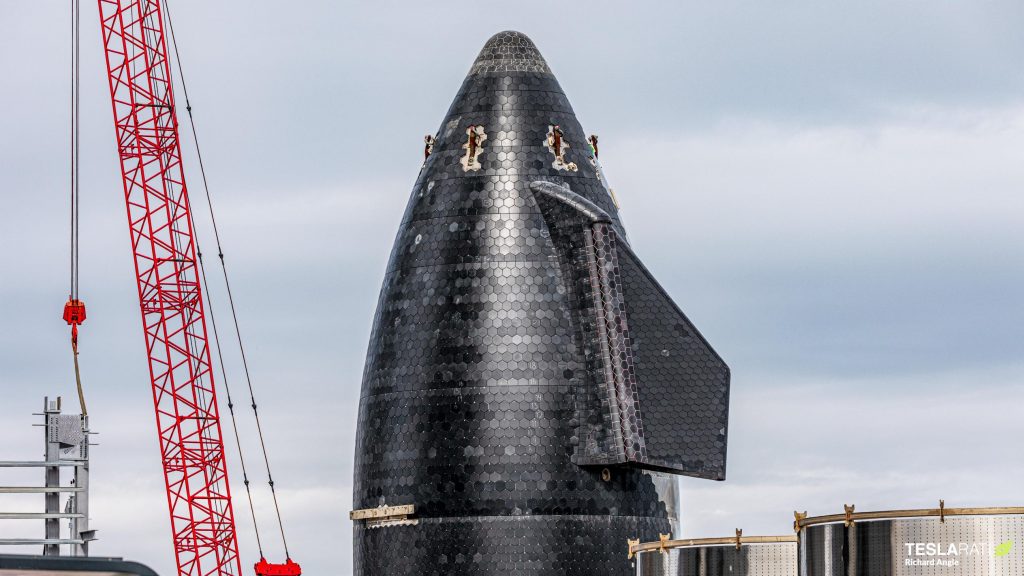
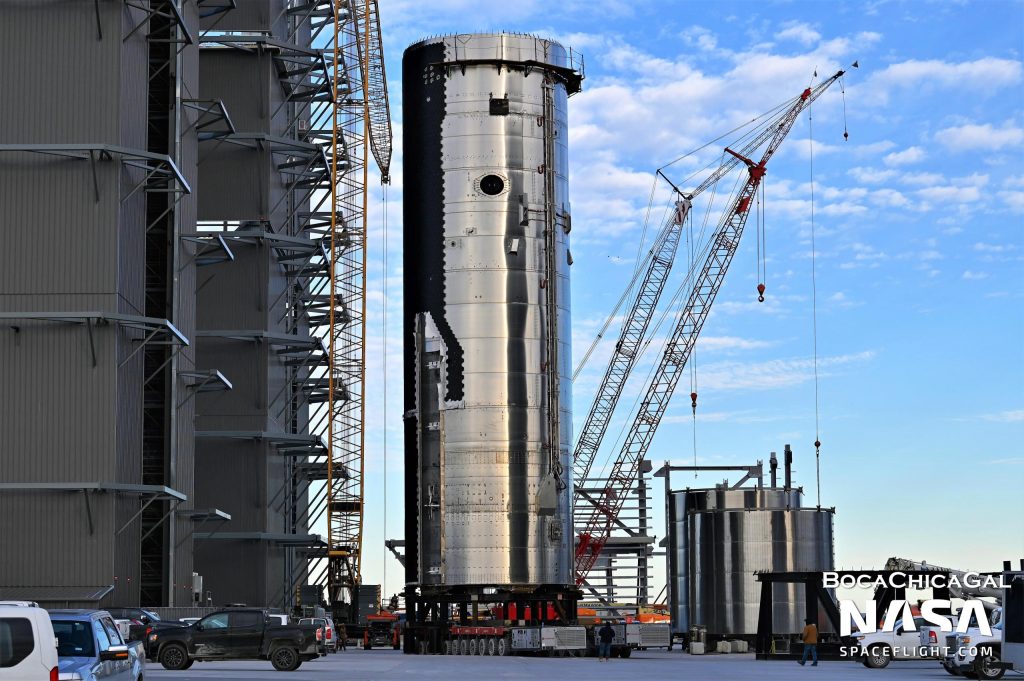
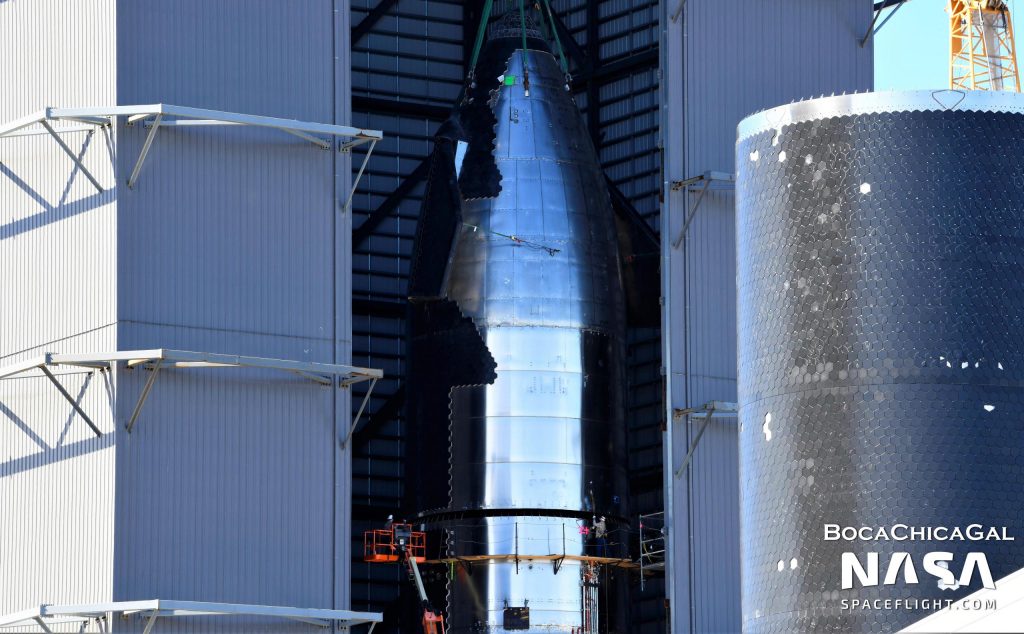
Given that Starship S20 effectively completed qualification testing with three successful static fires in December 2021 and a fourth in early January 2022 and has been seemingly ready to fly ever since, its Super Heavy booster readiness – not ship readiness – that appears to be holding SpaceX back. Perhaps because of pad readiness issues, SpaceX has yet to perform a single Super Heavy static fire test – or even a less risky wet dress rehearsal – at the orbital launch site. As such, it’s hard to say why SpaceX has suddenly decided to finish Ship 22 instead of focusing on a newer version of Starship (S24) and Super Heavy (B7) – both of which are expected to debut upgrades.
It’s possible that Ship 22 is being completed merely as practice for the Starbase workforce, who have gone half a year without fully assembling another ship prototype, but then there would have been no reason not to install Ship 21’s nose on Ship 21’s tank section instead of withholding it for Ship 22. Ship 22 could also be a replacement for Ship 21 if appearances are misleading and SpaceX uncovered issues with the older prototype during testing but again, no booster is ready to launch either ship.
Regardless of the outcome or purpose of Ship 22, seeing any new Starship prototype completed is an exciting and interesting change of pace after half a year of following the windy paths of Ship 20, Booster 5, and Ship 21 to their uncertain goals.

News
Tesla (TSLA) receives “Buy” rating and $551 PT from Canaccord Genuity
He also maintained a “Buy” rating for TSLA stock over the company’s improving long-term outlook, which is driven by autonomy and robotics.
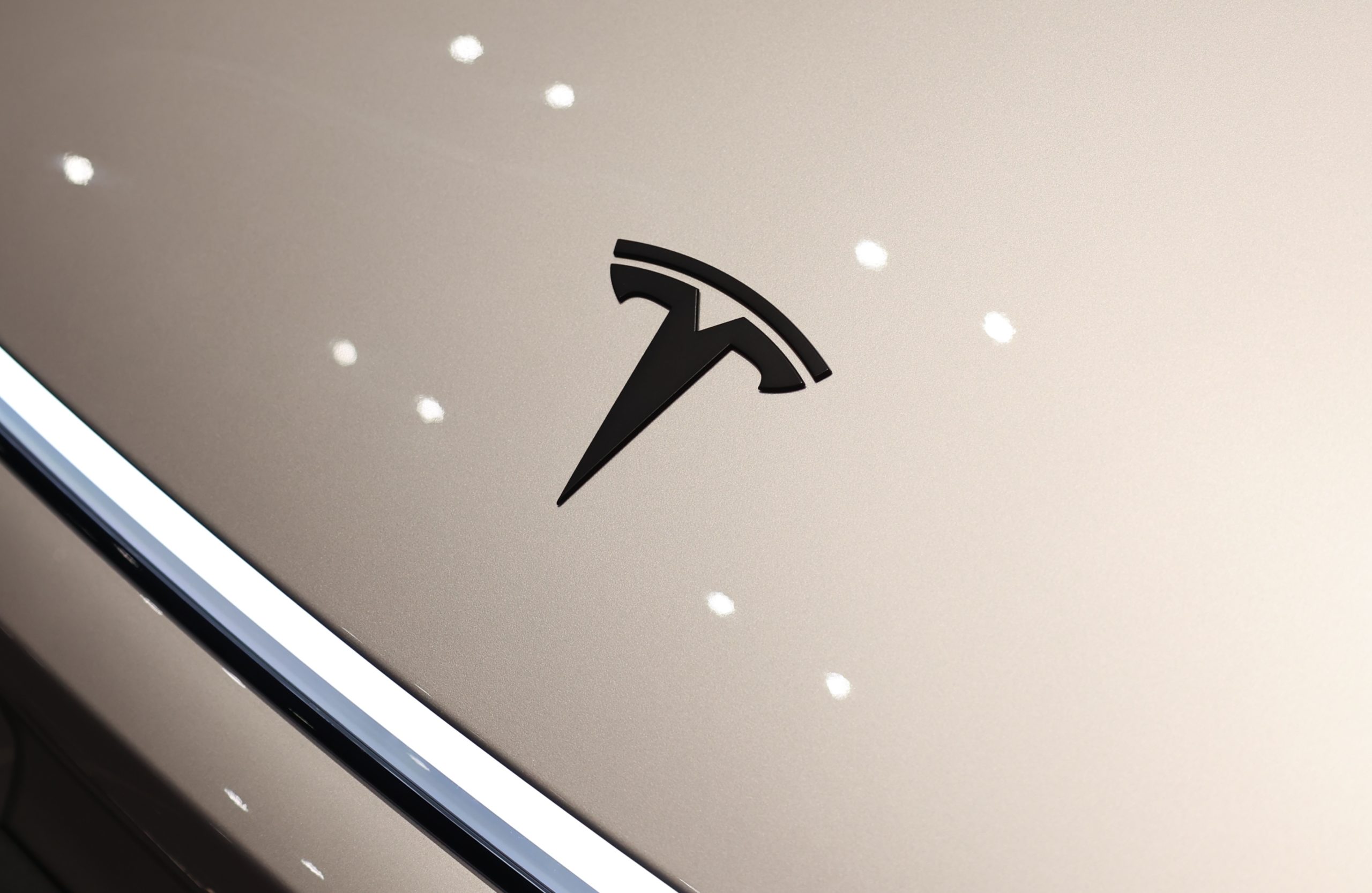
Canaccord Genuity analyst George Gianarikas raised his Tesla (NASDAQ:TSLA) price target from $482 to $551. He also maintained a “Buy” rating for TSLA stock over the company’s improving long-term outlook, which is driven by autonomy and robotics.
The analyst’s updated note
Gianarikas lowered his 4Q25 delivery estimates but pointed to several positive factors in the Tesla story. He noted that EV adoption in emerging markets is gaining pace, and progress in FSD and the Robotaxi rollout in 2026 represent major upside drivers. Further progress in the Optimus program next year could also add more momentum for the electric vehicle maker.
“Overall, yes, 4Q25 delivery expectations are being revised lower. However, the reset in the US EV market is laying the groundwork for a more durable and attractive long-term demand environment.
“At the same time, EV penetration in emerging markets is accelerating, reinforcing Tesla’s potential multi‑year growth runway beyond the US. Global progress in FSD and the anticipated rollout of a larger robotaxi fleet in 2026 are increasingly important components of the Tesla equity story and could provide sentiment tailwinds,” the analyst wrote.
Tesla’s busy 2026
The upcoming year would be a busy one for Tesla, considering the company’s plans and targets. The autonomous two-seat Cybercab has been confirmed to start production sometime in Q2 2026, as per Elon Musk during the 2025 Annual Shareholder Meeting.
Apart from this, Tesla is also expected to unveil the next-generation Roadster on April 1, 2026. Tesla is also expected to start high-volume production of the Tesla Semi in Nevada next year.
Apart from vehicle launches, Tesla has expressed its intentions to significantly ramp the rollout of FSD to several regions worldwide, such as Europe. Plans are also underway to launch more Robotaxi networks in several more key areas across the United States.
News
Waymo sues Santa Monica over order to halt overnight charging sessions
In its complaint, Waymo argued that its self-driving cars’ operations do not constitute a public nuisance, and compliance with the city’s order would cause the company irreparable harm.
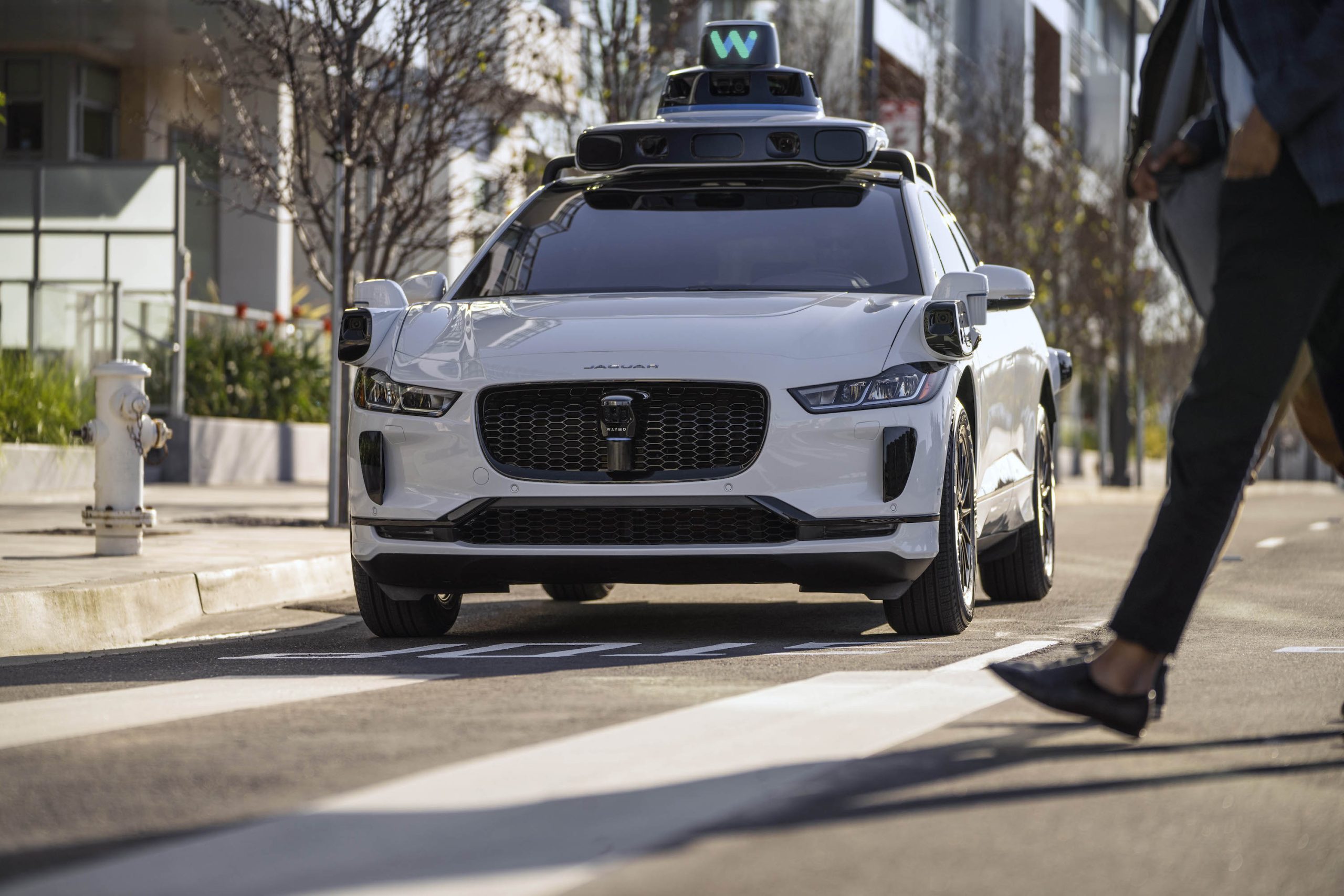
Waymo has filed a lawsuit against the City of Santa Monica in Los Angeles County Superior Court, seeking to block an order that requires the company to cease overnight charging at two facilities.
In its complaint, Waymo argued that its self-driving cars’ operations do not constitute a public nuisance, and compliance with the city’s order would cause the company irreparable harm.
Nuisance claims
As noted in a report from the Los Angeles Times, Waymo’s two charging sites at Euclid Street and Broadway have operated for about a year, supporting the company’s growing fleet with round-the-clock activity. Unfortunately, this has also resulted in residents in the area reportedly being unable to sleep due to incessant beeping from self-driving taxis that are moving in and out of the charging stations around the clock.
Frustrated residents have protested against the Waymos by blocking the vehicles’ paths, placing cones, and “stacking” cars to create backups. This has also resulted in multiple calls to the police.
Last month, the city issued an order to Waymo and its charging partner, Voltera, to cease overnight operations at the charging locations, stating that the self-driving vehicles’ activities at night were a public nuisance. A December 15 meeting yielded no agreement on mitigations like software rerouting. Waymo proposed changes, but the city reportedly insisted that nothing would satisfy the irate residents.
“We are disappointed that the City has chosen an adversarial path over a collaborative one. The City’s position has been to insist that no actions taken or proposed by Waymo would satisfy the complaining neighbors and therefore must be deemed insufficient,” a Waymo spokesperson stated.
Waymo pushes back
In its legal complaint, Waymo stated that its “activities at the Broadway Facilities do not constitute a public nuisance.” The company also noted that it “faces imminent and irreparable harm to its operations, employees, and customers” from the city’s order. The suit also stated that the city was fully aware that the Voltera charging sites would be operating around the clock to support Waymo’s self-driving taxis.
The company highlighted over one million trips in Santa Monica since launch, with more than 50,000 rides starting or ending there in November alone. Waymo also criticized the city for adopting a contentious strategy against businesses.
“The City of Santa Monica’s recent actions are inconsistent with its stated goal of attracting investment. At a time when the City faces a serious fiscal crisis, officials are choosing to obstruct properly permitted investment rather than fostering a ‘ready for business’ environment,” Waymo stated.
News
Tesla FSD v14.2.2 is getting rave reviews from drivers
So far, early testers have reported buttery-smooth drives with confident performance, even at night or on twisty roads.

Tesla Full Self-Driving (Supervised) v14.2.2 is receiving positive reviews from owners, with several drivers praising the build’s lack of hesitation during lane changes and its smoother decision-making, among others.
The update, which started rolling out on Monday, also adds features like dynamic arrival pin adjustment. So far, early testers have reported buttery-smooth drives with confident performance, even at night or on twisty roads.
Owners highlight major improvements
Longtime Tesla owner and FSD user @BLKMDL3 shared a detailed 10-hour impression of FSD v14.2.2, noting that the system exhibited “zero lane change hesitation” and “extremely refined” lane choices. He praised Mad Max mode’s performance, stellar parking in locations including ticket dispensers, and impressive canyon runs even in dark conditions.
Fellow FSD user Dan Burkland reported an hour of FSD v14.2.2’s nighttime driving with “zero hesitations” and “buttery smooth” confidence reminiscent of Robotaxi rides in areas such as Austin, Texas. Veteran FSD user Whole Mars Catalog also demonstrated voice navigation via Grok, while Tesla owner Devin Olsen completed a nearly two-hour drive with FSD v14.2.2 in heavy traffic and rain with strong performance.
Closer to unsupervised
FSD has been receiving rave reviews, even from Tesla’s competitors. Xpeng CEO He Xiaopeng, for one, offered fresh praise for FSD v14.2 after visiting Silicon Valley. Following extended test drives of Tesla vehicles running the latest FSD software, He stated that the system has made major strides, reinforcing his view that Tesla’s approach to autonomy is indeed the proper path towards autonomy.
According to He, Tesla’s FSD has evolved from a smooth Level 2 advanced driver assistance system into what he described as a “near-Level 4” experience in terms of capabilities. While acknowledging that areas of improvement are still present, the Xpeng CEO stated that FSD’s current iteration significantly surpasses last year’s capabilities. He also reiterated his belief that Tesla’s strategy of using the same autonomous software and hardware architecture across private vehicles and robotaxis is the right long-term approach, as it would allow users to bypass intermediate autonomy stages and move closer to Level 4 functionality.








